#qc: henrietta maria of france
Explore tagged Tumblr posts
Text
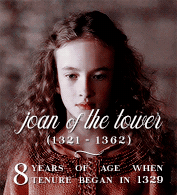
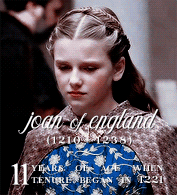
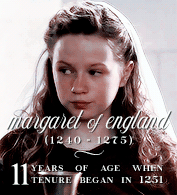

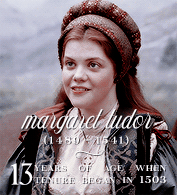

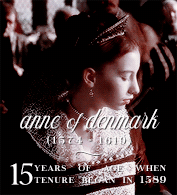
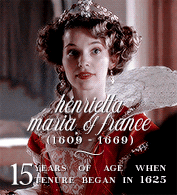
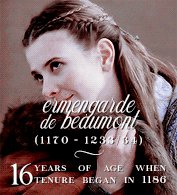

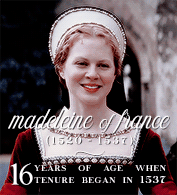
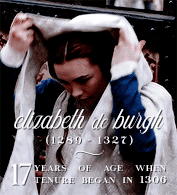
♕ Youngest Queen Consorts (at beginning of tenure)
#historyedit#history#scottish history#kingdom of scotland#house of stewart#house of dunkeld#house of bruce#qc: joan of the tower#qc: joan of england#qc: margaret of england#qc: margaret of denmark#qc: margaret tudor#qc: sybilla of normandy#qc: anne of denmark#qc: henrietta maria of france#qc: ermengarde de beaumont#qc: mary of guelders#qc: madeleine of valois#qc: elizabeth de burgh#ours
325 notes
·
View notes
Photo
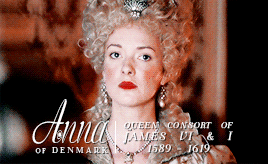


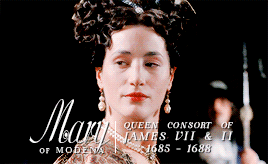


Queen Consorts of Scotland ♕ House of Stuart (1542–1649, restored 1660–1707) (includes Consorts of Jacobite Pretenders from 1689–1788)
#house of stuart#historyedit#anne of denmark#henrietta maria of france#catherine of braganza#mary of modena#jacobite history#scottish history#queen consorts#history#scotlandsladies#qc: anne of denmark#qc: henrietta maria of france#qc: catherine of braganza#qc: mary of modena#c: maria clementina sobieska#c: louise of stolberg gedern#qc houses#gifs#ours
265 notes
·
View notes
Photo








queen consorts + most pregnancies (requested by anonymous)
Margaret of Wessex (b. circa 1070 - d.1093) ♕ 8 pregnancies; all children lived to adulthood Anabella Drummond (b. circa 1350 - d.1401) ♕ 7 pregnancies; 5 children lived to adulthood Joan Beaufort (b. circa 1404 - d.1445) ♕ 8 pregnancies; 7 children lived to adulthood Mary of Guelders (b.1434 - d.1463) ♕ 7 pregnancies; 6 children lived to adulthood Margaret Tudor (b.1489 - d.1541) ♕ 6 pregnancies; 1 child lived to adulthood Anne of Denmark (b.1574 - d.1619) ♕ 10 pregnancies; 3 children lived to adulthood Henrietta Maria of France (b.1609 - d.1669) ♕ 9 pregnancies; 5 children lived to adulthood Mary of Modena (b.1658 - d.1718) ♕ 12 pregnancies; 2 children lived to adulthood
#historyedit#scottish history#history#british history#queen consorts#qc: margaret of wessex#qc: annabella drummond#qc: joan beaufort#qc: mary of guelders#qc: margaret tudor#qc: anne of denmark#qc: henrietta maria of france#qc: mary of modena#house of dunkeld#house of stewart#house of stuart#ours#gifs#requests#kingdom of scotland
410 notes
·
View notes
Photo
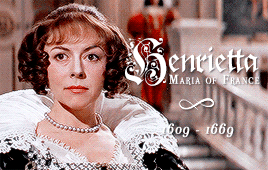
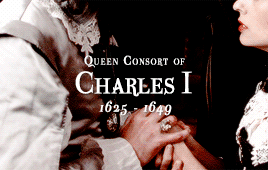
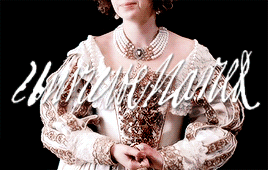
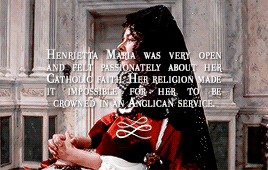
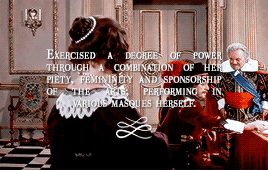

The Ladies ♔ Queen Consorts [23/25] ↳ Henrietta Maria of France (1609 -1669), Queen Consort from 1625 to 1649
Henrietta Maria was born on 25 November 1609 at the Palais du Louvre to Marie de' Medici and King Henry IV of France. As a child she was trained in riding, dancing, singing, and took part in the court plays. Although she had an education befitting a princess, Henrietta was not known for her academic skills. She was raised to be a devout Catholic and was greatly inspired by the Carmelites at the French court. By the age of thirteen, marriage plans were being discussed and about a year later, Henrietta met her future husband. The marriage took place by proxy at Notre Dame in Paris on 1 May 1625, a couple of months after Charles’ accession to the throne; Henrietta was aged fifteen and he was twenty-four. When the English coronation of her husband took place the next year, she was not crowned due to her being a Catholic. After a difficult beginning, she and Charles became dedicated to each other, creating an inseparable union filled with love. Henrietta was criticized for not fully immersing herself into English society for she did not speak the language before her marriage, and as late as the 1640s had difficulty writing or speaking in English. This, combined with her beliefs, made her out as ‘potentially dangerous’ to the society of the age, thus making her an unpopular consort. On 29 May 1630 Henrietta gave birth to the future Charles II, a year after having a premature labor. During the next fourteen years she gave birth seven more times. The queen had a passion for the arts, being patron of various activities and artists. She was enthusiastic about sculptures, garden design, painting collecting, and visual arts, performing in masques herself.
By 1644, the Civil War raged on and after giving birth to her last child, Henrietta decided to leave the country. On 9 July 1644, she wrote to Charles saying. “If I die, believe that you will lose a person who has never been other than entirely yours.” She had made it to France and was installed in apartments in the Louvre. The war was far from being over and continued for several more years, eventually coming to a close with the execution of her husband on 30 January 1649. “I have lost a King, a husband and a friend, whose loss I can never sufficiently mourn, and this separation must render the rest of my life an endless suffering.” Luckily most of her children were able to escape. Anne had died in childhood 1640. Elizabeth had been held prisoner and died shortly after being granted permission to leave in 1650. Her youngest daughter Henrietta, Charles, James and Henry all made it to safety. Henrietta found comfort in her faith while in exile, and she became devoted to her youngest daughter Henrietta. Following the restoration, Henrietta made a difficult return to England in October 1660. Her son Charles was now king, but she still ached the loss of her husband for when she realized that she was near the spot where he had died, she broke down crying. The happiness of the restoration was clouded by the death of her son Henry and her daughter Mary of smallpox. By 1669 Henrietta began to suffer from bronchitis and was bled repeatedly. The day before she died, she took laudanum mixed with the yolk of an egg on the advice of a doctor, but he quickly realized he had given her too much. She died in the early hours of 10 September without regaining consciousness. She was given a state funeral, and she was buried in the royal vault and the Basilica of St. Denis. Her heart was removed and taken to Chaillot in a silver casket.
#historyedit#henrietta maria of france#charles i#catherinedemedici#history#house of stuart#qc: henrietta maria of france#k: charles i#17th century#queen consorts#english history#ours#gifs#*queenconsorts
228 notes
·
View notes